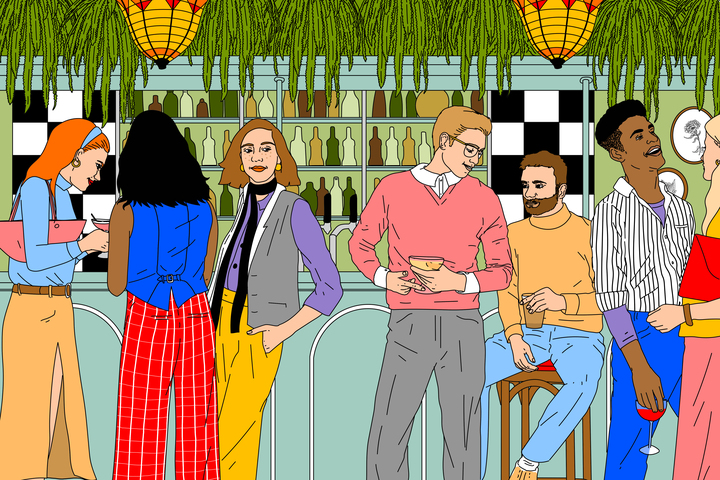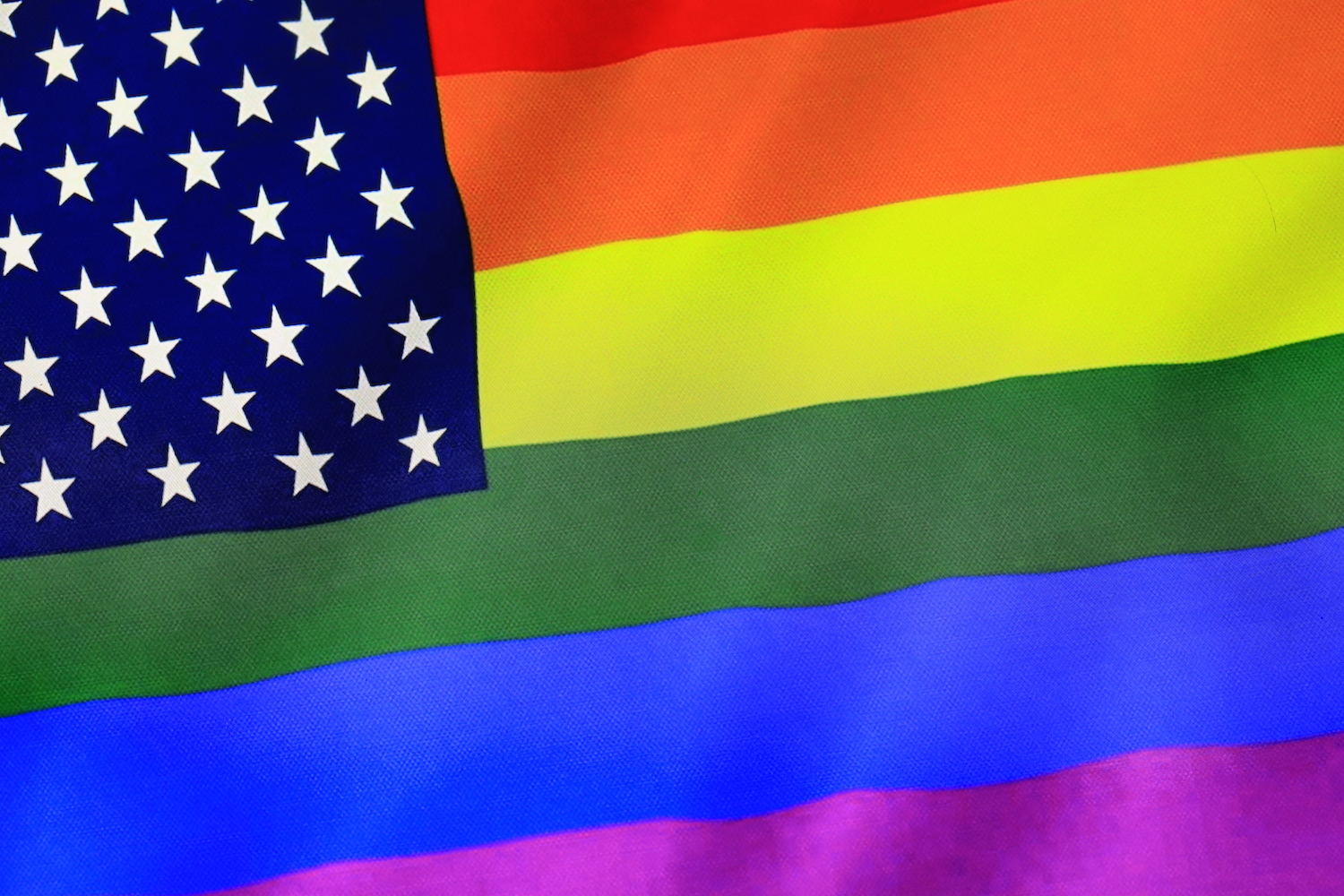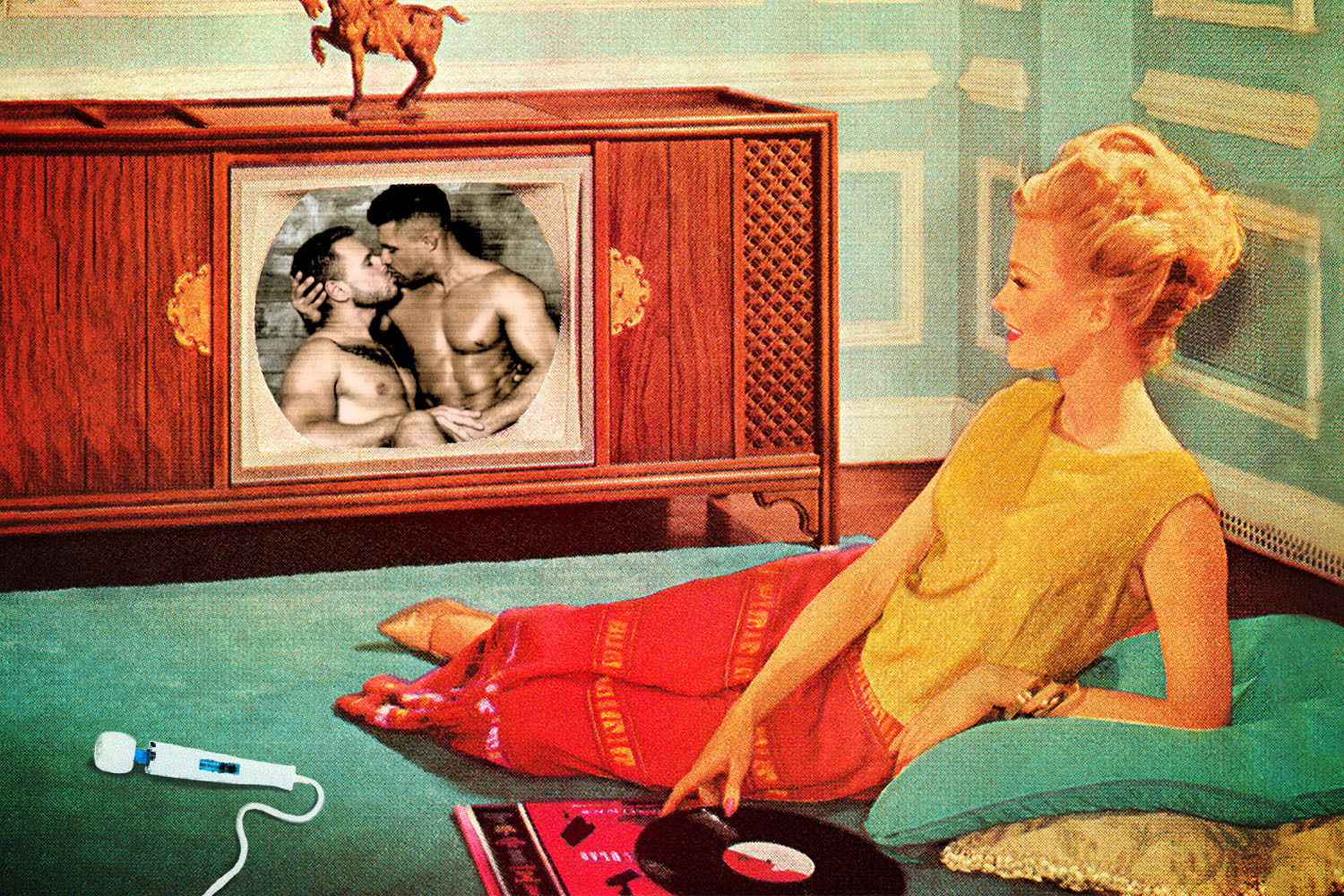I’ll admit that as a straight woman, I haven’t spent much time thinking about lesbian bars. But when dating app Hinge announced it was partnering with The Lesbian Bar Project to save the remaining 21 lesbian bars left in the country last month, it caught my attention. How could there be so few lesbian bars throughout the country — not to mention just three in New York City, which plays host to literally thousands of bars of seemingly every variety, mood and flavor? The stat is particularly shocking given that today’s meager U.S. population of lesbian bars is down from about 200 in the 1980s. If anything, one would think that given the progressive shift toward greater LGBTQ representation and equality in recent decades, queer spaces would have only proliferated since the ’80s. Clearly, the opposite has proven true of lesbian bars. So where did they all go?
“I have some friends that joke about how lesbians go to a gay bar, find their wife and then they don’t have to come back,” says Kristin “Dave” Dausch, founder of Dave’s Lesbian Bar in Astoria, which has hosted a series of pop-ups throughout the neighborhood this summer in search of the permanent home that would make Dave’s the only lesbian bar in Queens. All joking aside, “I don’t know why they’re disappearing,” says Dausch, “but I absolutely want to change that.”
According to Erica Rose, a Brooklyn-based filmmaker and director of The Lesbian Bar Project’s recent documentary exploring the struggles currently facing proprietors, patrons and community activists within the remaining lesbian bar scene, it’s “hard to pinpoint exactly one reason” for the dearth of these spaces, but there are a number of contributing factors going back decades.
In addition to the issues of gentrification and financial inequality that have always plagued spaces created by and for marginalized groups, “I think it’s important to take a step back and to acknowledge that lesbians and queer women never occupied neighborhoods and space the same way that gay men did,” Rose tells InsideHook. Indeed, even when lesbian bars reached their peak in the 1980s, their presence represented a mere fraction of that held by gay bars. The Damron guide, which lists LGBTQ-friendly establishments, included 206 lesbian bars in 1987, compared to 699 gay bars, according to the New York Times.
“This meant that lesbian bars really existed either within the confines of gay male space, or in more heteronormative neighborhoods, and therefore had to be a bit more discreet,” says Rose. Naturally, secrecy doesn’t tend to reliably sustain a business.
Fortunately, that need for discretion has dissipated in more recent decades, allowing lesbian bars to maintain a public-facing presence. However, this melding of LGBTQ culture within the (still largely heteronormative) mainstream might actually be part of the reason lesbian-specific spaces are dwindling.
“Assimilation is definitely an issue,” says Rose. “I can go down the street in my Brooklyn neighborhood and hold my girlfriend’s hand and go into a random bar and not necessarily feel in danger — and that was the result of the tremendous work of the activists who came before me.” Given this social progress, some might wonder why, in our presumably enlightened era, we would even need lesbian-specific bars when queer women are, at least in theory, just as welcome at any bar as customers of any sexuality.
“The problem is that when we don’t fight for queer-specific spaces, we’re essentially saying it’s okay that the expectation is that space is just heteronormative, and that doesn’t reflect our population,” says Rose. “Our population isn’t just straight, it isn’t just binary, it isn’t just white, and straight space or gay male space is not specifically for queer women. Lesbian bars are important because it’s a space where we can be our authentic selves.”
“Everyone needs a place to feel seen, a place to build community and learn,” echoes Dausch.
Meanwhile, part of the problem facing lesbian bars might simply be “one of semantics,” as Julia Carmel wrote for the New York Times earlier this year. As cultural attitudes continue to shift towards a more nuanced, fluid understanding of gender and sexuality, fewer people are identifying specifically as “lesbian,” with members of younger generations, in particular, more likely to lean towards broader, more inclusive identities like bi- and pansexuality. A 2017 GLAAD survey found that young people are more likely to identify outside binaries like “gay/straight” and “man/woman,” and a recent Gallup poll found that while more Americans identify as LGBTQ than ever before, more than half identify as bisexual, and a small but growing percentage identify as another non-heterosexual label, such as queer or “same-gender-loving.”
For some members of the queer community today, these shifts in how we talk, think and self-identify may have created something of a generational divide with the seemingly rigid identity of lesbian bars. In recent years, however, many lesbian bars have adapted with the times, opening their doors to a broader, more fluid LGBTQ community.
“None of the lesbian bars that we work with only identify as a ‘lesbian bar.’ They identify as ‘lesbian bar and,’ and that’s really exciting to us,” says Rose.
“One thing that we made really prominent in our campaign and in our story is that lesbian bars are not just for lesbian-identified people; they’re for all marginalized genders within the LGBTQ community. That includes all queer women — regardless if they’re cis or trans — non-binary people and trans men,” says Rose. “I believe that we don’t have to be so militant and rigid in our definition of lesbianism. It can be more fluid and it can encompass pansexuality and bisexuality and queerness.”
Then, of course, there’s the internet. As Rose notes, brick and mortar establishments of all kinds are struggling to survive in a culture that has shifted largely online, and bars are certainly no exception. This shift to a life lived on WiFi is perhaps nowhere more prominent than in our dating lives. While members of the LGBTQ community may have once relied on queer spaces to find romantic or sexual partners, they can now easily find their next date or hookup on the app of their choice. But while those physical spaces may be on the decline, it seems interest in frequenting them among queer daters is not.
“One of the most important aspects of dating is feeling comfortable — with who you are, what you want, and how you feel on a first date,” says Logan Ury, Hinge’s Director of Relationship Science. “This is a particularly anxiety-provoking time for all daters, with more than half reporting that they’re feeling nervous about getting back out there to date.” According to Ury, that discomfort is even more prevalent among members of the lesbian community. “Three out of four lesbian daters say that going to a lesbian bar makes them feel more comfortable — and half of lesbian daters on Hinge prefer them for a first date.”
“We have the luxury now where we don’t necessarily have to meet a date, a hookup or a community member in these really specific spaces,” says Rose. “But it also means that we lose intergenerational dialogue, we lose community gathering, we lose political action, we lose memories created and connection. And that’s really why we’re fighting to keep these spaces open.”
It’s also worth noting that members of the lesbian community aren’t the only ones who stand to suffer from the loss of these spaces. “All marginalized cultures benefit everyone, because at the end of the day, even though our world is built by and for straight white men, our population isn’t just a straight white man,” says Rose. “We all become so much richer as people when we learn about other people’s experiences.” Moreover, as Rose points out, “queer women are not just in it for themselves,” and have a long history of social activism that extends to the communities surrounding their own. “Look at what was happening during the AIDS epidemic,” says Rose. “Lesbians showed up for gay men, and they showed up in large numbers.”
Lesbian bars of today are following in those footsteps, establishing themselves as hubs for community activism. Bausch tells InsideHook that Dave’s plans to function as a mutual aid organization by day, and has already launched initiatives within the community, such as gathering school supplies for children in Astoria at their last pop-up event. “I know that Dave’s will be different because we will be giving back to the community in real time,” says Bausch.
In order to keep that spirit of community activism and outreach alive, however, the lesbian community needs its own, physical space to grow and evolve. “The political reality is that the amount of space we have as a community reflects our power,” says Rose. “It’s far more than just a bar. Lesbian space is far more than just lesbians. The amount of space we get to occupy reflects our power, and if we lose power, that’s a detriment to everyone.”
This article was featured in the InsideHook newsletter. Sign up now.
























